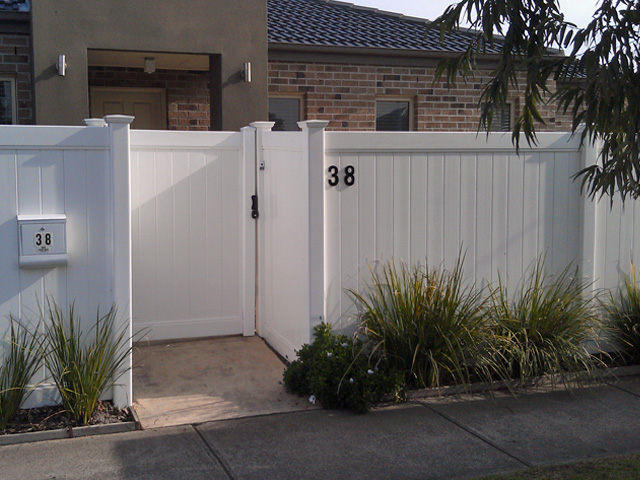FENCE TRENDS TO LOOK OUT FOR
01 Jun 2016
The Australian market is set to follow North American trends where the demand for PVC fencing is growing 10 to 15 percent a year, some 5 percent ahead of the overall fencing market.

As fencing contractors are looking for a new ways to service their domestic and commercial customers many are looking to PVC, which has a higher tensile strength and 4 times the flexibility of wood.



More fencing contractors are discovering that PVC is easier to install. Cutting materials onsite often adds to installation time, however PVC arrives onsite pre-cut and ready to install.
Choosing the right PVC fence in Australia is important. As we are subjected to higher levels of UV when compared with Northern hemisphere countries, cheap imported PVC fences are not designed for Australian conditions. They do not include the correct amount of Titanium Dioxide (Tio2), which protects PVC against Australia’s harsh conditions. By choosing an Australian made PVC fence with the correct amount of Tio2, it should last for up to 50 years without chalking.
While timber is less expensive to install, the costs associated with its repair and maintenance start to rise after just four to five years. Cost analysis completed by Polvin Fencing, an Australian PVC fence manufacturer, shows that after 12 years the incremental costs of a timber fence can be 50 percent more than the cost of a PVC fence. That incremental figure rises to 90 percent after 20 years
PVC is virtually maintenance free. Unlike wood, it never needs painting, it won’t rot, rust, peel, warp or suffer termite infestation. Graffiti is easily removed with popular domestic cleaners, and once the graffiti is removed no repainting is required.
More than 50 percent of PVC is made of common salt and the balance from ethylene, making it an environmentally friendly material. Unlike timber, PVC does not require treatment with potentially dangerous chemicals like arsenic to preserve it. PVC won’t leech chemicals into the surrounding ground, and at the end of its life is fully recyclable.
No nails or screws means PVC is safer for children to play on or near, and safer for livestock when used in commercial applications. PVC will not sustain or add to a fire. As soon as the flame is removed, PVC will stop burning. Unlike wood which will actually fuel a fire, PVC does not smoulder and does not leave burning embers.
*Information supplied by Polving Fencing www.polvinfencing.com.au







